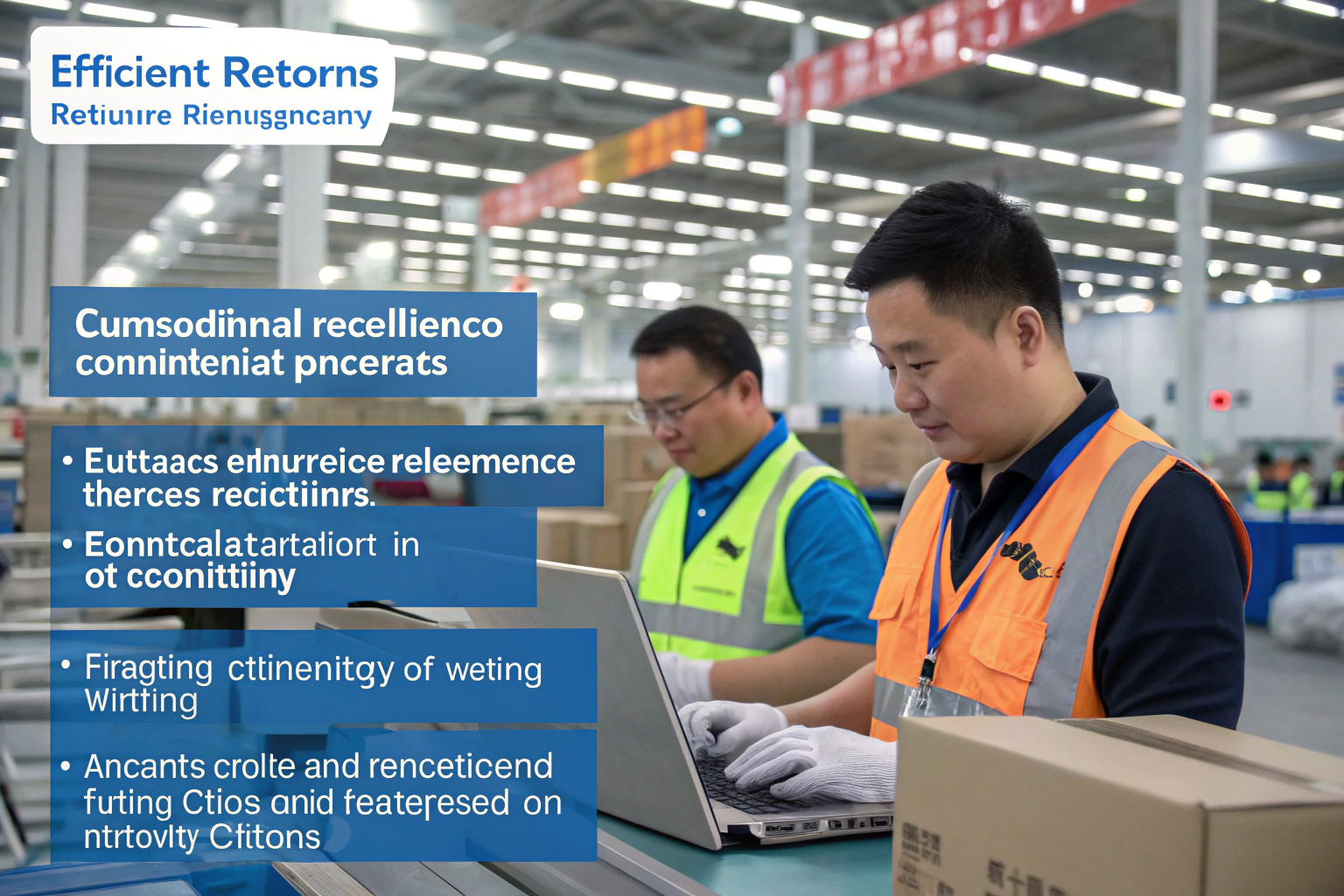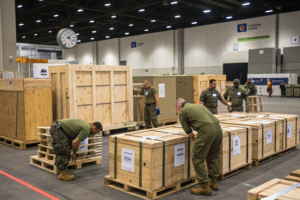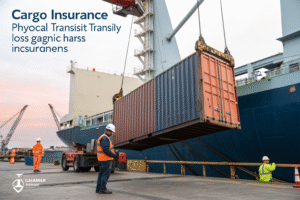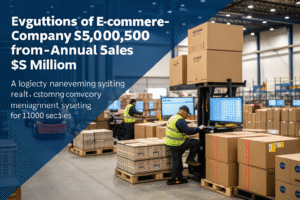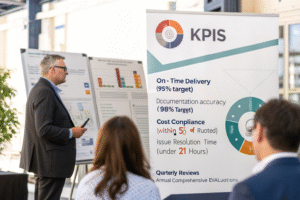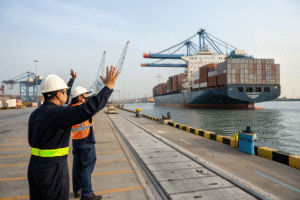Managing international returns to China presents one of the most complex challenges in global trade, involving reverse logistics, customs complications, and significant costs. Many businesses either avoid returns entirely due to the complexity or absorb massive costs through inefficient processes. However, with proper systems and partnerships, returns can be managed efficiently while preserving customer relationships and recovering value.
You can manage international returns to China efficiently by establishing clear return policies, using consolidation services, leveraging bonded warehouses, implementing technology for visibility, and partnering with experts in Chinese import regulations. Efficient returns typically cost 40-60% less than ad-hoc approaches and can recover 30-70% of product value through restocking, refurbishment, or resale.
Let's examine the specific strategies, processes, and partnerships that transform returns from a logistical nightmare into a manageable business process.
What are the key challenges in returning goods to China?
Returning goods to China involves navigating complex regulatory requirements, high costs, and operational hurdles that don't exist in domestic returns. Understanding these challenges is the first step toward developing efficient solutions.
Chinese customs treats returned goods as imports, requiring full documentation and potential duty payments unless specific procedures are followed. The reverse supply chain lacks the efficiency of forward logistics, with higher costs and longer timelines. Product testing and certification requirements may apply even for goods originally exported from China. Additionally, time sensitivity is critical as delayed returns often lose most of their value. These challenges collectively make returns 3-5 times more expensive than forward shipping and 2-3 times slower.
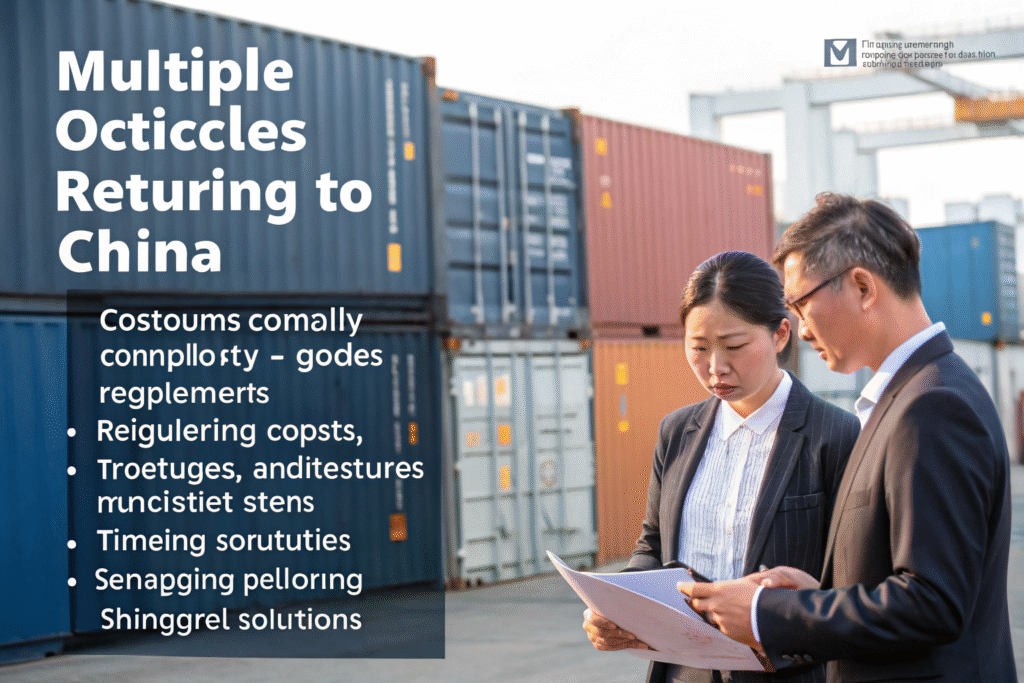
Why is Chinese customs particularly challenging for returns?
Customs complications include:
- Import declaration requirements even for goods originally exported from China
- Duty payment obligations unless specific duty drawback procedures are followed
- Product verification needs to confirm goods match export declarations
- Documentation consistency requirements between original export and return import
- Inspection possibilities that can delay returns for weeks
- Valuation disputes when customs questions declared return values
These factors make professional customs guidance essential for efficient returns.
What cost elements make returns so expensive?
Major returns cost components:
- Reverse international freight typically 50-80% more than forward shipping
- Chinese customs duties and VAT unless successfully claimed for drawback
- Handling and processing fees at multiple transfer points
- Storage charges during customs processing and documentation
- Testing and certification costs for certain product categories
- Administrative overhead for documentation and coordination
Understanding these costs helps target the most significant reduction opportunities.
How can consolidation strategies reduce returns costs?
Consolidation represents the most effective strategy for reducing returns costs, transforming individual uneconomical returns into cost-efficient consolidated shipments. This approach requires coordination but delivers substantial savings.
Returns consolidation involves collecting individual returns in regional hubs, combining them into full container loads, and shipping them together to China. This reduces per-unit shipping costs by 40-60% compared to individual shipments. Consolidation also enables better negotiation with carriers, streamlined customs clearance through single declarations, and reduced handling through bulk operations. The approach works particularly well for e-commerce returns, warranty replacements, and seasonal product returns.
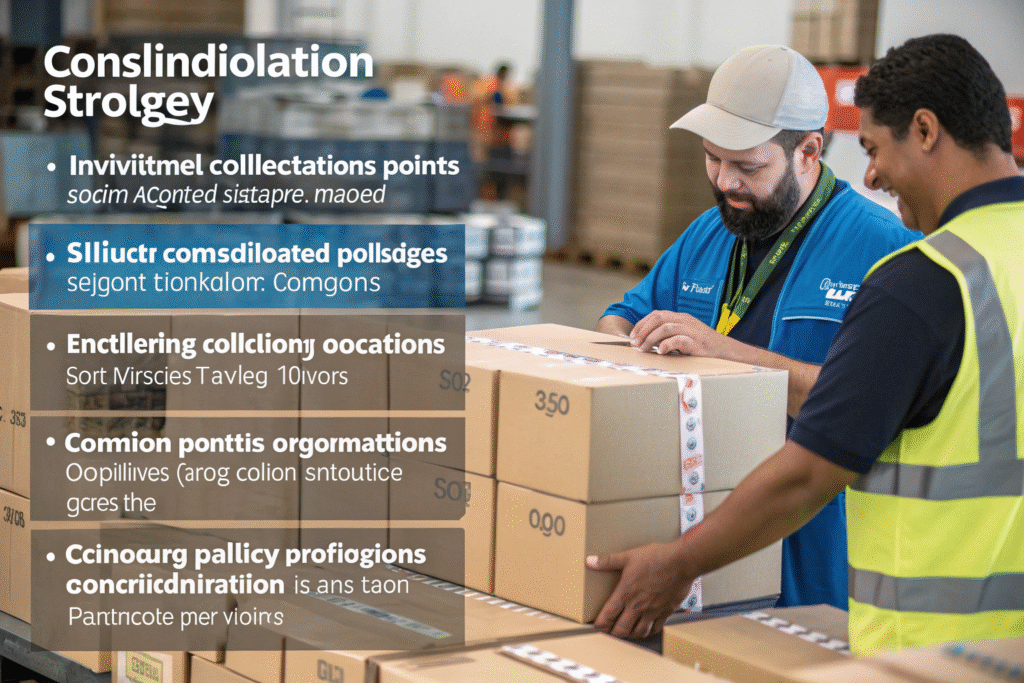
What consolidation models work best for different return types?
Effective consolidation approaches:
- E-commerce returns consolidation using specialized third-party providers
- Warranty returns pooling through authorized repair center networks
- Seasonal product returns timed with regular forward shipments
- Component returns grouping by product category or supplier
- High-value returns expediting while consolidating lower-value items
Matching consolidation models to return characteristics maximizes efficiency.
How do you implement returns consolidation effectively?
Consolidation implementation steps:
- Establish regional collection points in key markets or with logistics partners
- Implement sorting processes categorizing returns by destination and urgency
- Develop consolidation schedules balancing cost savings against time sensitivity
- Create documentation systems handling multiple returns under single shipments
- Partner with consolidation experts specializing in Chinese returns
- Implement tracking technology maintaining visibility through consolidation
Proper implementation transforms consolidation from concept to operational reality.
What role do bonded warehouses play in returns efficiency?
Bonded warehouses and free trade zones provide crucial flexibility for managing returns by allowing goods to enter China without immediate customs clearance and duty payment. This enables inspection, sorting, and value recovery decisions before final import determination.
Bonded facilities accept returned goods while suspended from Chinese customs procedures, allowing time for product assessment, minor repairs, and reshipment decisions. Goods can be repaired and re-exported without Chinese duty payments. Products can be sorted with only valuable items undergoing full import while others are disposed of locally. Inventory can be stored temporarily while determining optimal disposition. These options significantly reduce the costs and complexities of traditional returns processes.
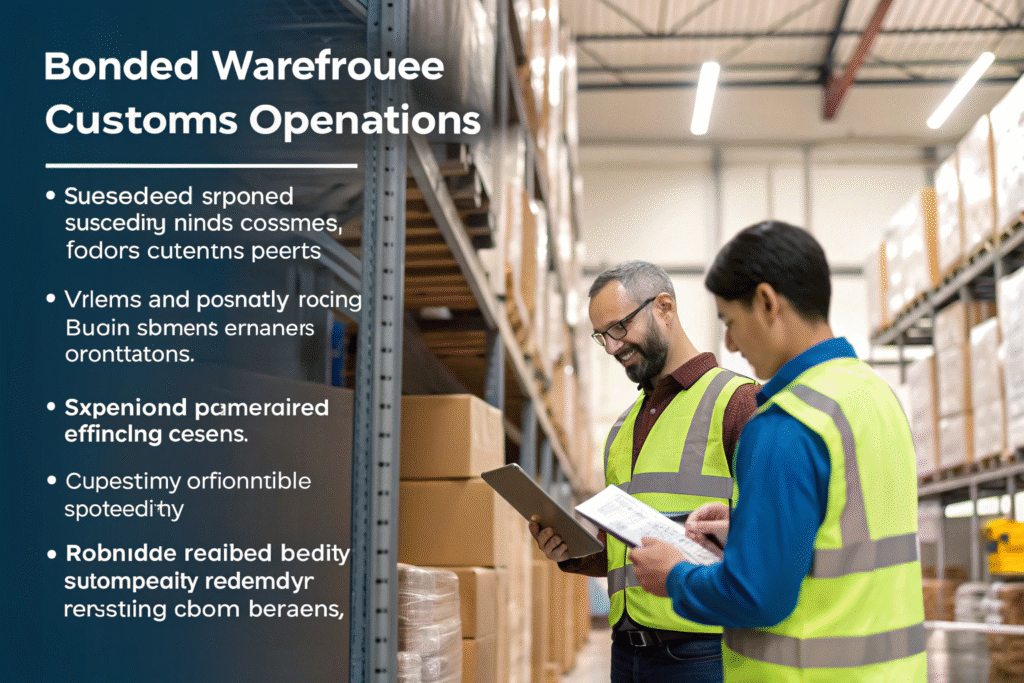
What operations can you perform in bonded warehouses?
Allowed bonded activities include:
- Product inspection and testing to determine condition and value
- Minor repairs and refurbishment restoring products to salable condition
- Sorting and categorization separating valuable from non-valuable returns
- Packaging replacement improving product presentation for resale
- Component harvesting recovering valuable parts from non-repairable units
- Quality verification ensuring products meet specifications before import
These operations maximize value recovery before making import decisions.
How do bonded warehouses reduce costs and risks?
Cost and risk reductions:
- Duty deferral until goods actually enter Chinese market
- Disposal cost avoidance for non-valuable returns handled locally
- Testing cost optimization through localized inspection services
- Time flexibility allowing careful disposition decisions
- Import avoidance for goods that can be repaired and re-exported
- Damage assessment before committing to import procedures
These benefits make bonded facilities valuable for returns management.
How can technology improve returns visibility and efficiency?
Technology transforms returns from black holes of uncertainty into managed processes with predictability and control. The right systems provide visibility, automate documentation, and enable data-driven decisions.
Returns management platforms track items throughout the reverse journey, providing expected timelines and exception alerts. Documentation systems automate customs forms and compliance requirements. Analytics identify return patterns to address root causes. Integration with forward supply chain systems enables holistic inventory management. These technologies typically reduce returns processing time by 30-50% and improve value recovery by 20-40% through better decisions and fewer losses.

What specific technologies deliver the most value?
High-impact returns technologies:
- Returns management platforms providing end-to-end visibility and process control
- Customs automation systems generating accurate documentation for Chinese requirements
- IoT tracking devices monitoring location and condition throughout returns journey
- Analytical tools identifying return reasons and prevention opportunities
- Integration middleware connecting returns systems with ERP and inventory management
- Digital inspection tools documenting product condition for disposition decisions
These technologies address the most significant returns management challenges.
How does technology improve decision-making for returns?
Technology-enhanced decisions:
- Disposition choices based on real-time product value and cost data
- Routing optimization using current carrier capacity and cost information
- Repair versus replacement decisions with accurate cost comparisons
- Customs strategy selection based on product-specific duty implications
- Consolidation timing optimized using returns volume forecasting
- Value recovery maximization through data-driven refurbishment choices
Better decisions significantly impact returns economics.
What partnerships make returns management more efficient?
Strategic partnerships transform returns management from an internal struggle to a collaborative process leveraging specialized expertise. The right partners bring established systems, relationships, and experience that would take years to develop independently.
Third-party logistics providers with Chinese returns expertise offer established consolidation networks and customs relationships. Returns specialists provide focused expertise on specific product categories or return types. Customs brokers with returns experience understand the specific documentation and procedures for returned goods. Repair and refurbishment partners in China can restore value cost-effectively. These partnerships typically reduce returns costs by 25-40% compared to self-managed approaches.

What should you look for in returns management partners?
Key partner capabilities:
- Chinese customs expertise specifically for returns and duty drawback
- Established consolidation networks in your key markets
- Technology integration capability with your systems
- Industry-specific experience with your product types
- Financial stability to handle returns volume and value
- Transparent pricing with clear cost structures and reporting
These capabilities ensure partners can deliver meaningful returns management improvements.
How can you structure successful returns partnerships?
Effective partnership structures:
- Performance-based pricing aligning partner incentives with your outcomes
- Clear responsibility definitions preventing gaps in returns handling
- Integrated technology ensuring seamless information flow
- Regular review processes enabling continuous improvement
- Flexible arrangements accommodating seasonal return variations
- Shared goals focusing both parties on value recovery and cost reduction
Proper structures create partnerships that evolve with your returns needs.
Conclusion
Efficient international returns to China require systematic approaches combining consolidation strategies, bonded operations, technology enablement, and strategic partnerships. The most successful businesses treat returns as an integral part of their supply chain rather than an exception, developing specialized capabilities that reduce costs, recover value, and maintain customer satisfaction. While returns will always be more complex than forward logistics, proper management can transform them from a cost center into a value recovery operation. By implementing the strategies outlined here, businesses can navigate the complexities of Chinese returns while minimizing costs and maximizing recovered value.
